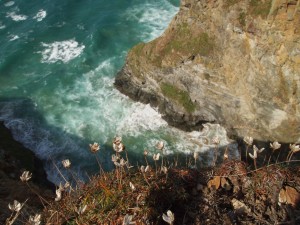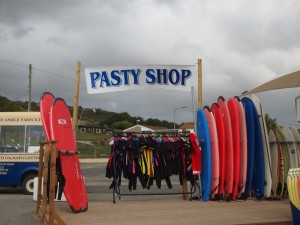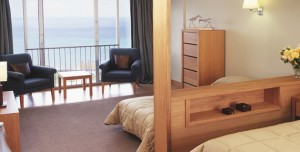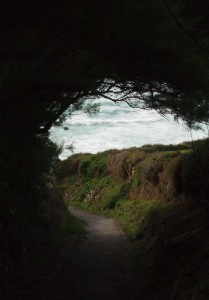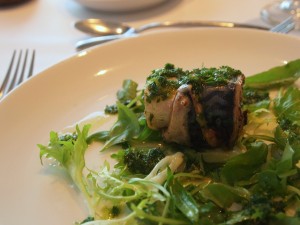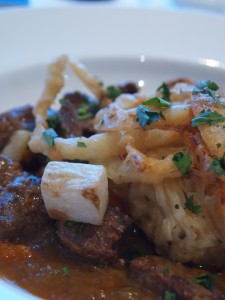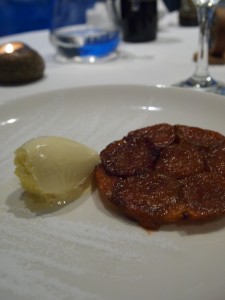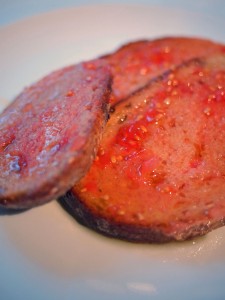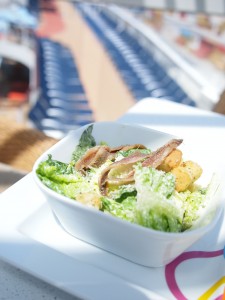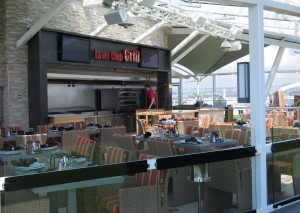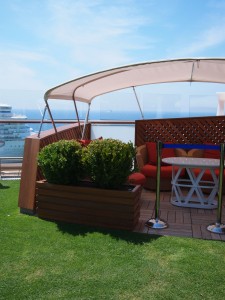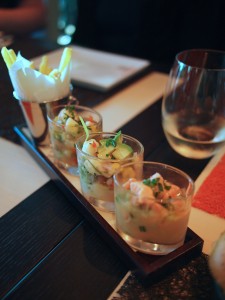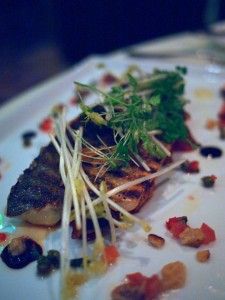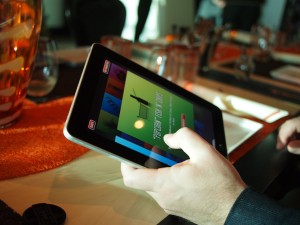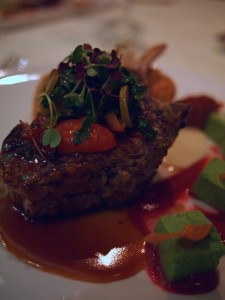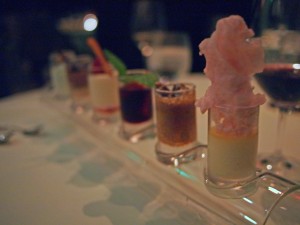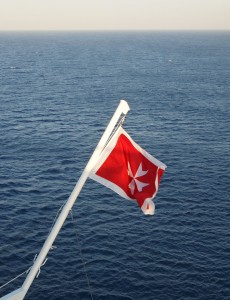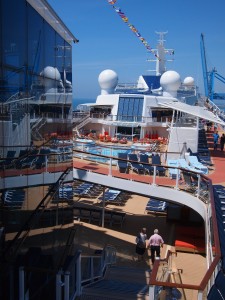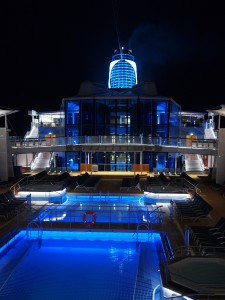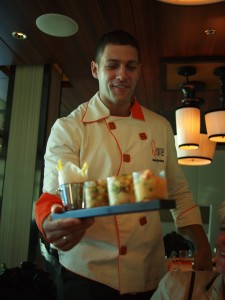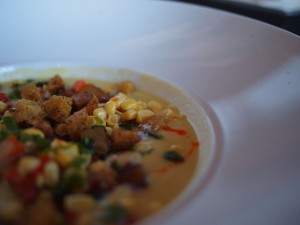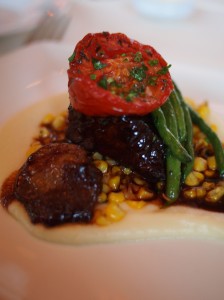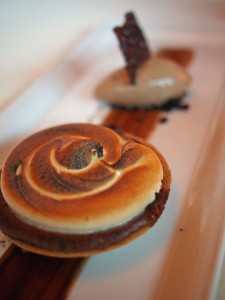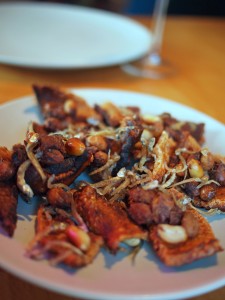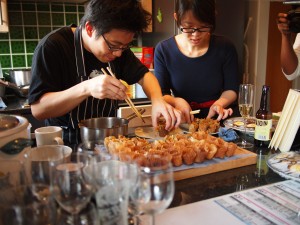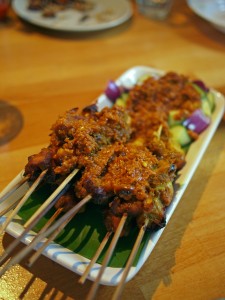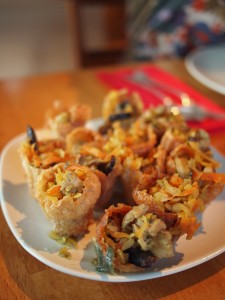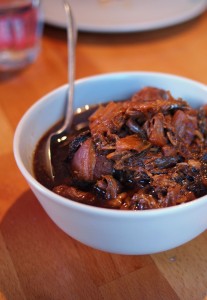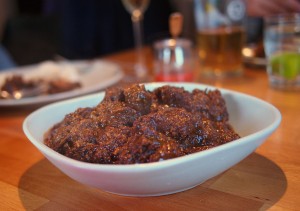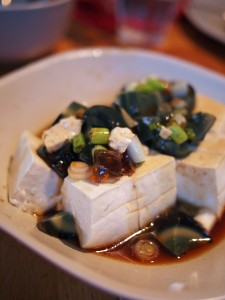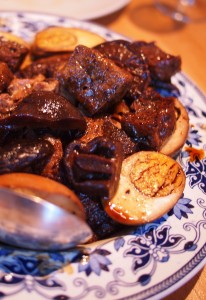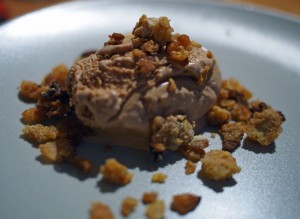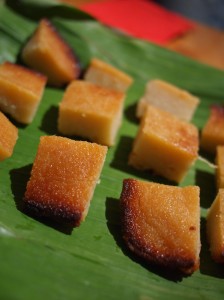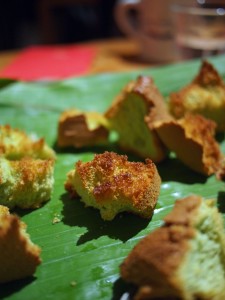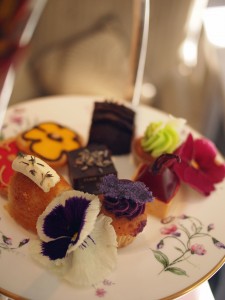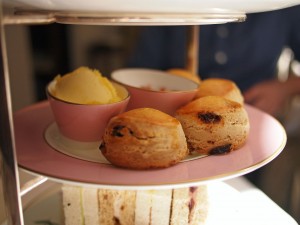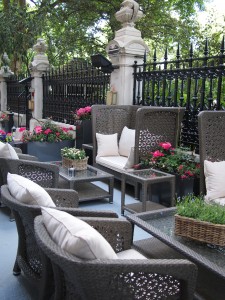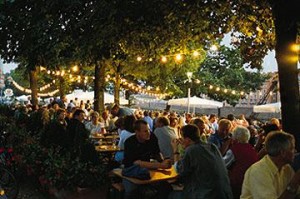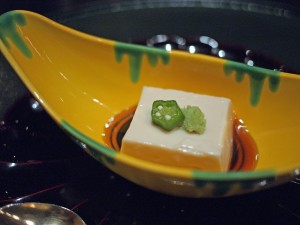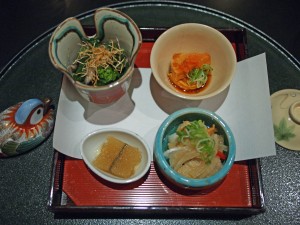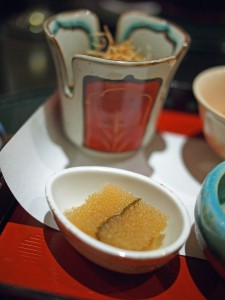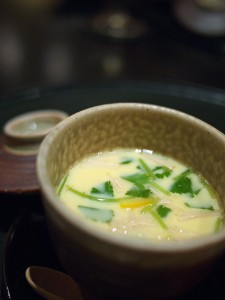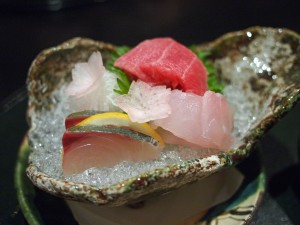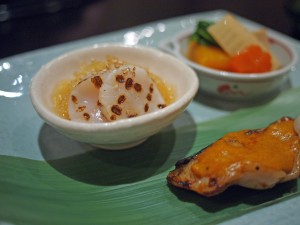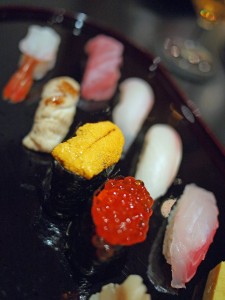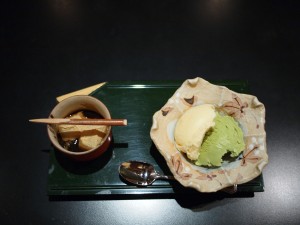Update, Oct 22 2011: This quick review trip was so blissy that I’ve just booked a seven night stay at the Scarlet for the week before Christmas. Which I believe is what people are talking about when they mention putting your money where your mouth is – and I can’t wait.
Regular readers will have seen that last week I was invited to check out (and check into) a couple of very different hotels in Mawgan Porth. Mawgan Porth is a tiny Cornish village perched on a cliffside overlooking a horseshoe-shaped bay, where waves which have built up enough momentum on their journey across the Altantic to make a surfer’s day crash over an impossibly yellow, sandy beach.

The Scarlet opened a couple of years ago with a very individual take on what a top-class hotel should offer. The first thing you’ll notice is that there’s no reception; instead, you’re shown to a comfy chair by a fireplace, with a birds’ eye view across the bay, while the receptionist comes to you and takes your details. There’s a library, a sitting room, and a large and quiet spa; the place is full of tranquil little corners to bolt yourself away in, and children are not allowed – as well as a well-stocked and lively bar, and a very classy restaurant (of which more below). There are only 37 rooms, which makes for a pleasantly calm atmosphere, and you’ll find Cornish sculpture and paintings displayed prominently all over the hotel, which has the feel of something between an art gallery and the home of a really good and hospitable friend.
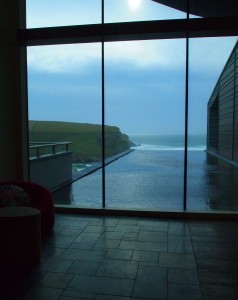
The Scarlet was built with the firm belief that it’s possible to provide a luxury hotel experience while making the minimal ecological impact, so you’ll discover that hidden away are biomass burners, solar panels, a very clever cooling system that relies on natural ventilation but offers a similar level of cooling to air conditioning, and as much recycling, reusing, and electric car charging as you can shake a (locally sourced) stick at. It’s all deeply sensible stuff of the sort that should occur to anyone who has to run their own home efficiently: unfinished bars of hotel soap are used in the laundry as stain removers, the drippy bits left behind in the bottoms of candlesticks are sent back to the candlemaker to be made into new candles, grey water is recycled, rain water is collected, and where possible, the hotel’s supplies are bought without packaging. All that you, the guest, will notice here is that your sugar cubes aren’t individually wrapped up.

Best of all, though, from my perspective, was the way the eco-friendliness had been carried across into the hotel spa, becoming a feature rather than an economy. Here is an outdoor pool that’s really a sort of swimming pond overlooking the sea, filtered and cleaned not with chemicals, but via a gorgeous reed bed which forms part of the pool itself. It’s a bit nippy in September, but Dr W manfully took a dip and pronounced it lovely before scampering inside for a hot shower. The pool indoors is solar-heated to a nice bathroom sort of temperature, and cleaned with very low-dose bromine instead of the more skin-unfriendly chlorine. And the hot tubs are perched on the cliff-top lawn and, charmingly, heated by stoves full of logs. (Those logs can create sparks in high winds, which, thanks to hurricane Katia, precluded my having a soak.) You can book a hot seaweed bath in one of these tubs, which look for all the world like giant red teacups; the seaweed is harvested locally, and apparently does all kinds of wonderful things for the skin.
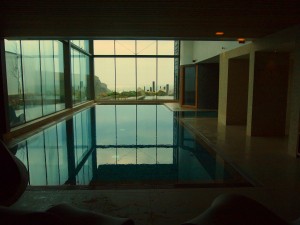
Our room had big, sliding balcony doors at the foot of the bed, from which we could walk out onto a lawn on the cliff, and straight down to the sea. This was one of the best hotel rooms I’ve stayed in this year (and I’ve stayed in a lot this year; in the last month alone I’ve slept in a W in New York, a Fairmont in California and a Hilton in Arizona, none of which has rooms a patch on what’s on offer at the Scarlet). A lovely, light space coloured by the sea outside with crisp linens, blond woods, sea-toned textiles and sculptural decorations. The lighting is not something I usually do anything other than curse about in hotels – you’re probably familiar with the situation where you’re presented with six separate switches in different parts of the room, none of which do what you want them to. At the Scarlet, though, the lighting is designed to switch between seven different situations: your lighting can be architectural, ambient or mood-matching, and it’s all controlled from a central panel by the bed or one by the door. A bathroom is integrated into the room over a low wall, with a huge tub and basin on the bedroom side, and a shower and toilet hidden behind a heavily frosted glass wall. It all adds up to a sense of airy lightness, enhanced by the sun and the waves an outstretched arm away outside the window.
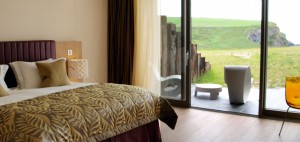
This is Gastronomy Domine, so you’ll want to hear about the food. As I mentioned in the piece I wrote about the Scarlet’s sister hotel, Mawgan Porth is very close to Padstow, a town entirely colonised by restaurants, hotels, cafes and gift shops run by Rick Stein (who himself prefers to spend his time in Australia these days). This means that an unholy number of food tourists visit the area – and the result has been to cause other, non-Stein hotels and restaurants to raise standards to a very high level. At the Scarlet you’ll be eating with that spectacular view along one wall of the restaurant, all chocolate and purple velvet and private corners.
The localism that characterises the Scarlet makes itself felt in the menu, where the food is impeccably seasonal and chef Ben Tunnicliffe emphasises quality ingredients. What’s more September-y than the sweet, pinkly bloody breast of a grouse served with cobnuts? The heather these little birds live in grows in abundance all over Cornwall, and after a day yomping over the moors, I can’t think of anything better to round things off than this beautifully prepared dish, so well-balanced in flavour and texture. Fish, of course, is as fresh as can be, and the monkfish tail wrapped in bacon and served with a mussel tagliatelle was based around the sort of dense and rich seafood stock that you can only dream of producing at home in a kitchen where your only fish is from the supermarket. Venison terrine, blackberry crumble (deconstructed so it arrives on the plate looking like some of the hotel sculpture) – this is a thoughtful, ultra-seasonal menu which will have changed to reflect what’s best at the moment you visit. The restaurant was packed on the night we visited, and there was a bit of a delay between courses – but when that’s the worst criticism you can come up with in a 24-hour stay, somebody’s doing something very right.
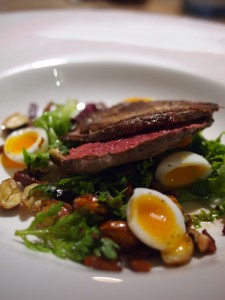
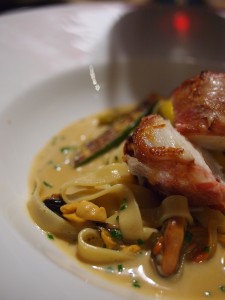
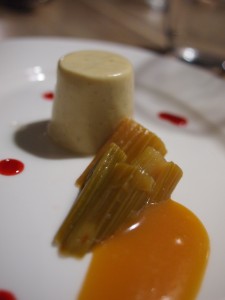
Breakfast follows in the same vein – local bangers and hog’s pudding are on the menu (waiter service here, none of your buffet scrummage) alongside Tregida kippers, which are currently vying with Frank Hederman’s kippers from Ireland as my pick for world’s best. They’re very heavily smoked over oak, with an ethereally sweet and buttery flesh. I’ve been very pleased to discover that the Tregida Smokehouse’s produce is available by mail; I’ll be placing an order when I’m back in the UK. There’s apple juice on the table, pressed locally: a lovely way to wake up after a night listening to the waves break over the beach below.
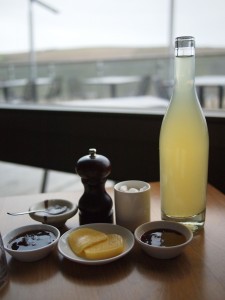
We got into the car for the drive home absolutely miserable to leave the place behind. A 24-hour stay simply wasn’t long enough. I’ll be back at the Scarlet as soon as I can as a paying guest, and I hope you decide to take someone you love very much too, for a weekend or so of calm, indulgent grown-up time.

